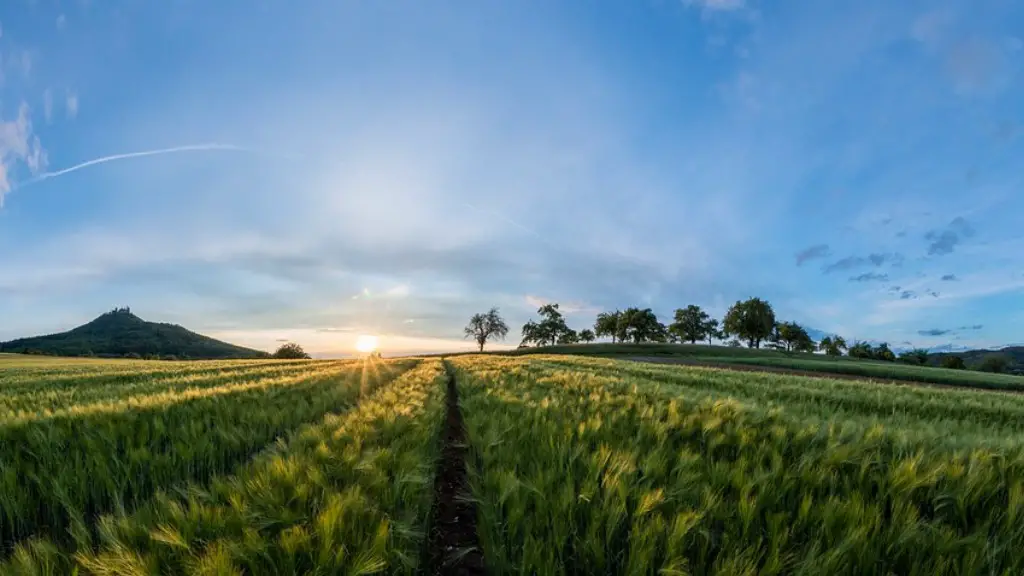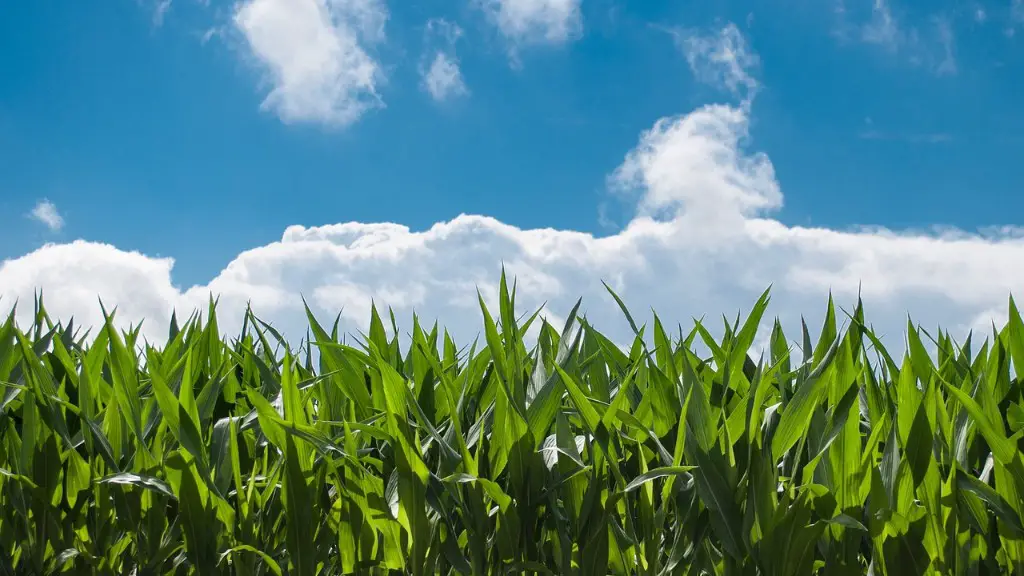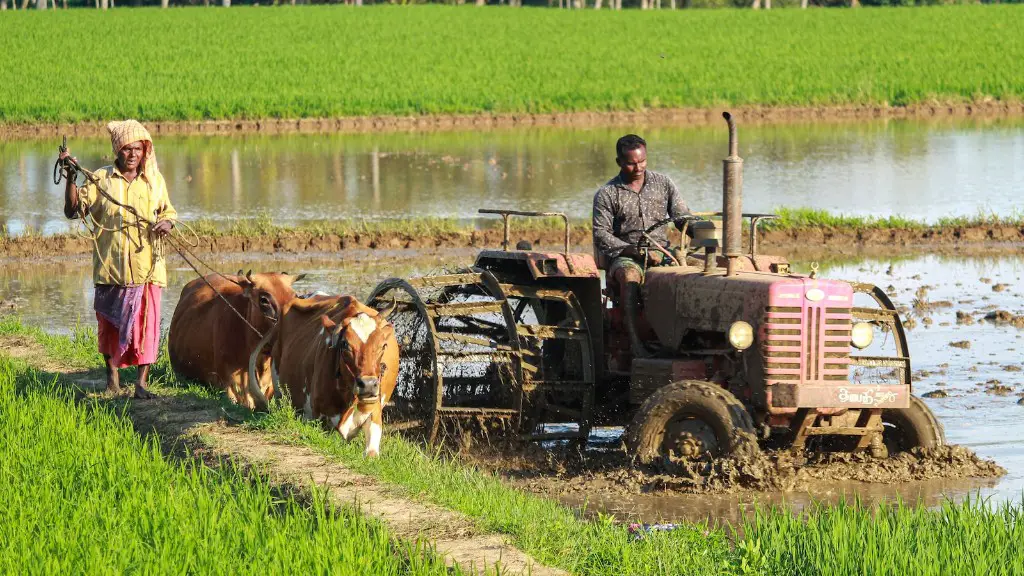It’s been over fifty years since the Green Revolution. Agricultural production has tripled since then, and the number of people living in extreme poverty and hunger has come down by 67%. During this time, agricultural practices and technology have evolved significantly and continue to do so today. Today’s farmers use precision agriculture techniques and tools to maximize yields and minimize inputs. They rely on advanced irrigation systems, high-yield and drought-resistant seed varieties, and satellite imagery to accurately target water and nutrient applications. In addition, advances in biotechnology, such as gene editing, are allowing for crop varieties to be designed specifically for specific climates and soil conditions. Combined with efficient distribution networks, access to data on global markets and improved transportation systems, the last 50 years have seen the development of a truly global agricultural industry.
Precision Agriculture
Precision Agriculture is now a commonplace tool of the trade, used to reduce environmental impacts and maximize returns. Farmers use GIS mapping to determine soil type, topography, and field boundaries. Further, satellite images, weather data, and soil nutrient maps help them to determine the right plant population and to determine the right place to plant and the right time to plant. Automated irrigation systems then factor in to ensure the crops have the right amount of water and nutrients at the right time. These precisely targeted and timed inputs reduce the amount of water, fertilizer, and labor used, and improve yields.
Data and Technology Analytics
Data and technology analytics are key to unlocking the potential of agriculture today. Using big data, machines, and analytical tools, farmers can analyze and respond to changing market prices and customer demands in near real-time. They can also respond to changing weather conditions with predictive analytics and machine learning, enabling better decisions about crops, inputs, and supply chain logistics. These advanced technologies and analytics help farmers to become more efficient, connected and self-sufficient.
Organic Farming
Organic farming is becoming more popular than ever, as it offers an environmentally sustainable alternative to traditional farming practices. Through advanced agronomic testing, soil management, and management of pests and weeds, organic farmers are able to produce crops free of chemicals, artificial fertilizers, genetically modified organisms (GMOs), and other hazardous materials. Organic farming also offers a wide range of beneficial services to the environment, such as improved soil fertility, biodiversity, and water and energy conservation.
Vertical Farming
Vertical farming is a relatively new concept in the world of agriculture. Simply put, vertical farming involves the use of vertically-stacked levels, usually in an indoor environment, to maximize the use of space, natural resources, and energy. This type of farming relies heavily on data and technology, including sensors, robotics, and AI, in order to grow produce in a comfortable, low-footprint, and largely autonomous way. Vertical farming can help increase access to fresh, healthy produce, especially in urban areas, and reduce the carbon footprint associated with traditional farming.
Crop Diversification
Crop diversification is a critical aspect of today’s agricultural landscape. By diversifying crops, farmers can reduce risks associated with weather, pest and disease outbreaks, and market fluctuations. Crop diversification also helps to ensure that farmers have access to a range of products to take to market and can better manage costs and capitalize on market opportunities.
Hydroponics, Aquaculture and Aquaponics
Hydroponics, aquaculture and aquaponics are all modern, sustainable methods of cultivating crops and fish. Hydroponics and aquaponics are based on the principle of recirculating nutrient-rich water, which can be used to efficiently grow fruits, vegetables and herbs with minimal water and energy. Aquaculture is the cultivation of aquatic species, such as fish, shrimp, and seaweed, in ponds, tanks, and enclosed containers, and offers an additional source of food as well as many additional environmental benefits. Combined, these three technologies offer sustainable, low-footprint solutions for producing diverse, fresh and nutritious food products.
Climate Change, Sustainability and Food Security
The impacts of climate change are being felt by the agricultural industry worldwide. Drought, floods and extreme weather events threaten crop yields and cause price fluctuations in the food markets. To tackle these issues, farmers need to focus on sustainability and food security. This means transitioning from traditional methods to innovative approaches that focus on efficiency, reducing water waste, and using renewable energy sources. By reducing the amount of greenhouse gas emissions associated with agriculture, farmers can also protect the health of the planet, improve worker wellbeing, and ensure that crops are safe, healthy and nutritious.
Robotics and Automation
New advances in robotics and automation are enabling farmers to automate certain tasks, reduce labor costs and increase efficiency. Automated solutions can plant, monitor, and harvest crops, while robotics can reduce the need for herbicides and pesticides by precisely targeting weeds and pests. Other robots can detect diseases and pests on crops, or help with animal husbandry and milking. Automation and robotics can allow for improved traceability, transparency, and scalability of agricultural operations, simplifying and streamlining the production process.


